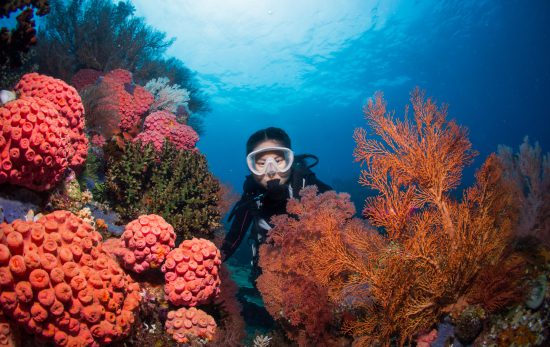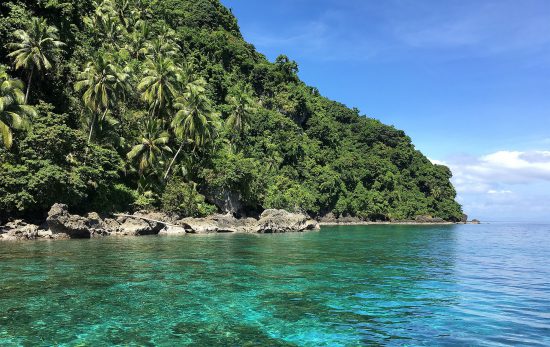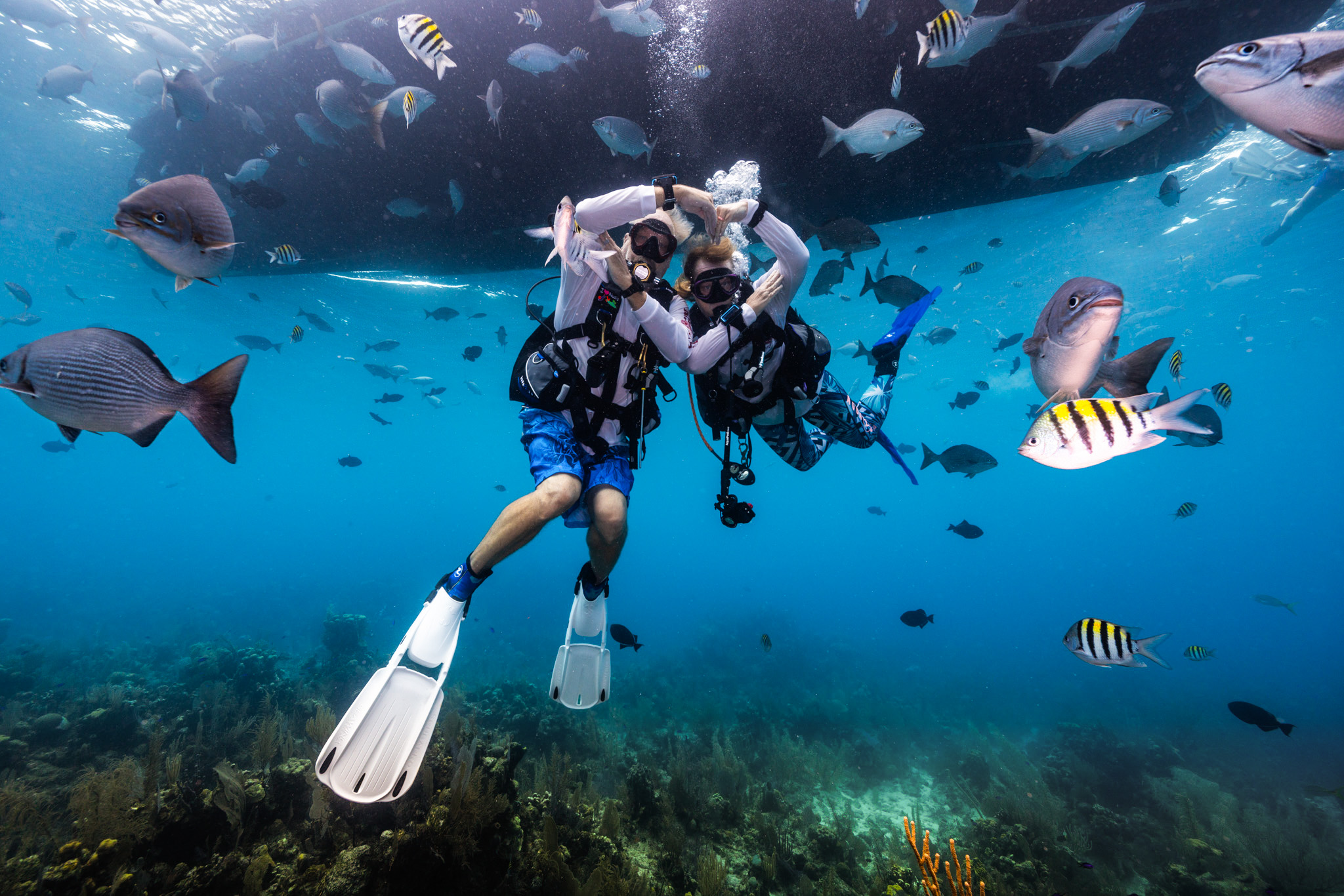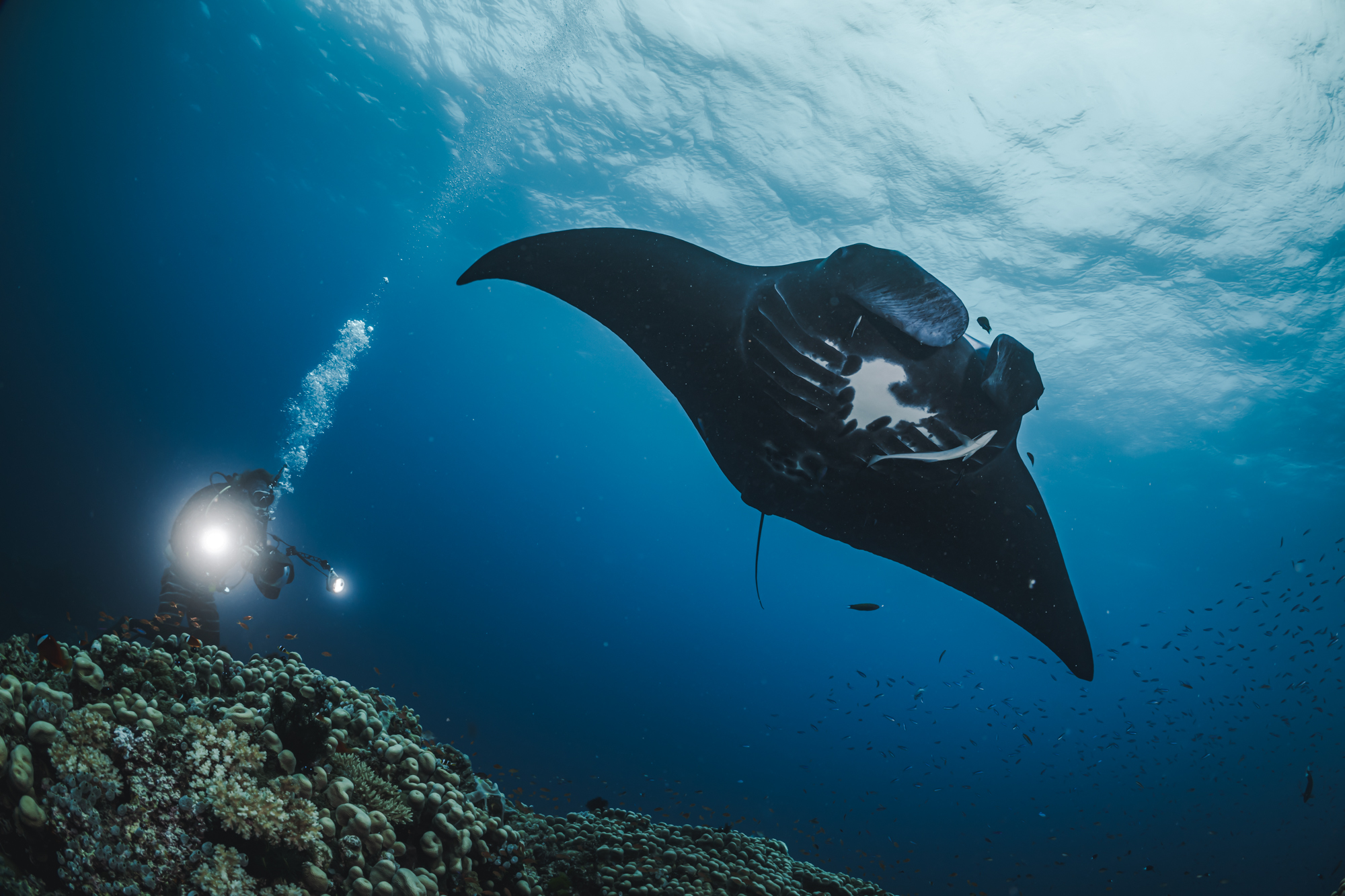Are you ready to dive in and explore the underwater world? Learning to scuba dive is an exciting and fulfilling experience that opens up a whole new world of adventure. But with so many destinations to choose from, it can be overwhelming to decide where to start. That’s why we’ve compiled a list of the 11 best places to learn to dive and get your PADI certification.
Whether you’re a complete beginner or a seasoned diver, these destinations offer something for everyone. So, grab your fins and get ready to discover the beauty of the underwater world in these breathtaking locations.
Become a Certified Diver in Just a Few Days
Here’s a quick overview of what’s involved in learning to scuba dive. When you sign up for the PADI Open Water Diver course, you can expect the following:
- Learning materials: You’ll receive a PADI Open Water Diver Manual or eLearning course, which comprehensively covers diving theory, equipment, and techniques.
- Classroom sessions: You’ll attend classroom or online sessions where you’ll learn about diving physics and physiology, dive planning, equipment selection and maintenance, and safety protocols.
- Pool or confined water dives: You’ll practice basic scuba skills and techniques such as breathing underwater, clearing water from the mask, and performing emergency procedures in a pool or confined water setting.
- Open water dives: After mastering the necessary skills, you’ll complete four open water dives with an instructor, usually in a natural body of water like a lake or ocean. These dives will enable you to apply the knowledge and skills you’ve learned in a real-world setting.
- Certification: Once you successfully complete the course, you’ll receive a PADI Open Water Diver certification. This certification will allow you to dive to a maximum depth of 60 feet (18 meters) with a buddy.
Overall, you can expect to gain a comprehensive understanding of diving theory, equipment, and techniques, as well as the practical skills required to dive safely and confidently.
Total Time Commitment: 4-7 days (this depends on one’s schedule)
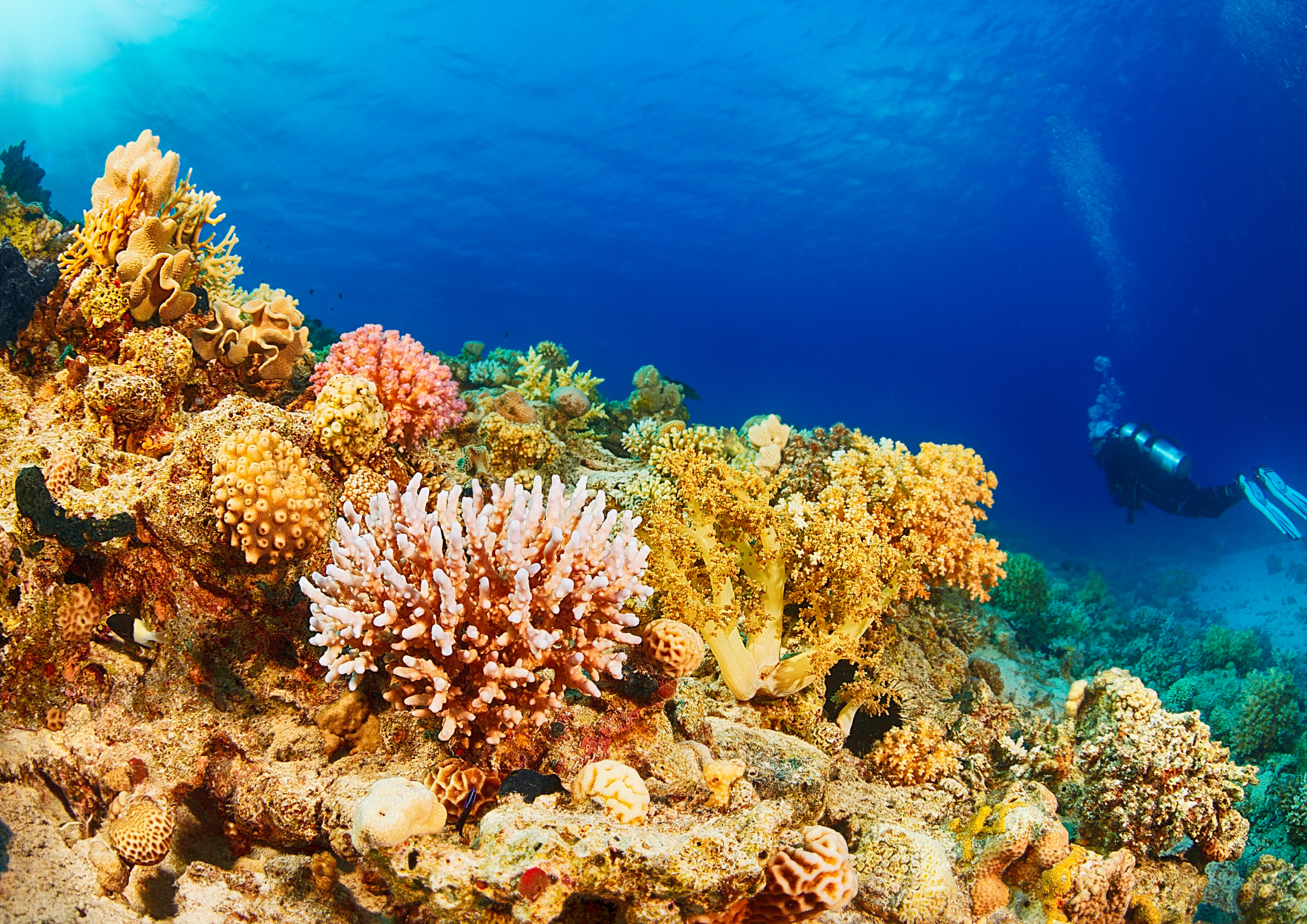
1. Bonaire
Bonaire is located just north of Venezuela in the southern Caribbean. This Dutch Caribbean island has protected its marine resources for more than 35 years. Because of this, marine life abounds with more than 470 fish species found in Bonaire’s waters. Famed as one of the best places to learn to scuba dive in the Caribbean, Bonaire hosts amazing coral reefs and long-forgotten shipwrecks. Because the island’s dive sites are protected from any currents, this is one of the top destinations to gain a new certification. Visitors to Bonaire can choose between either boat or shore diving. Most resorts have gorgeous reefs just offshore, but those visiting the further reaches of Bonaire National Marine Park will want to book a few dives from the region’s dive boats.
2. The Maldives
When leaving the Maldives’ main airport, you’ll see more boats than taxis. That’s because the country is made up of more than 1,100 small coral islands. After landing in the capital, Malé, visitors typically leave straightaway on a boat bound for a tiny island or atoll. The Maldives is a low-lying nation with dreamy white sand beaches and excellent reefs with an abundance of marine life. If you’re looking to unplug from the wired world and immerse yourself in calm, clear, tropical waters, The Maldives is a beautiful, relaxing place to learn to dive. The only downside? The Maldives may spoil you forever as one of the best places in the world to learn to scuba dive.
3. Belize
Belize packs a hemisphere’s worth of adventure within its borders. Located between Mexico and Guatemala, it’s undeniably the perfect destination for exploration, relaxation and romance. With more than 400 islands, white sandy beaches, the longest unbroken barrier reef in the Western Hemisphere and 386 kilometers/240 miles of coastline, Belize is one of the best places to get dive certified. While the Blue Hole is Belize’s best-known dive site, there’s much more to discover. The waters are rich, clear and warm, offering great conditions for beginners as well as some exciting diving for the more advanced diver. Plus, most dive sites are less crowded than other locations offering a similar standard of diving.
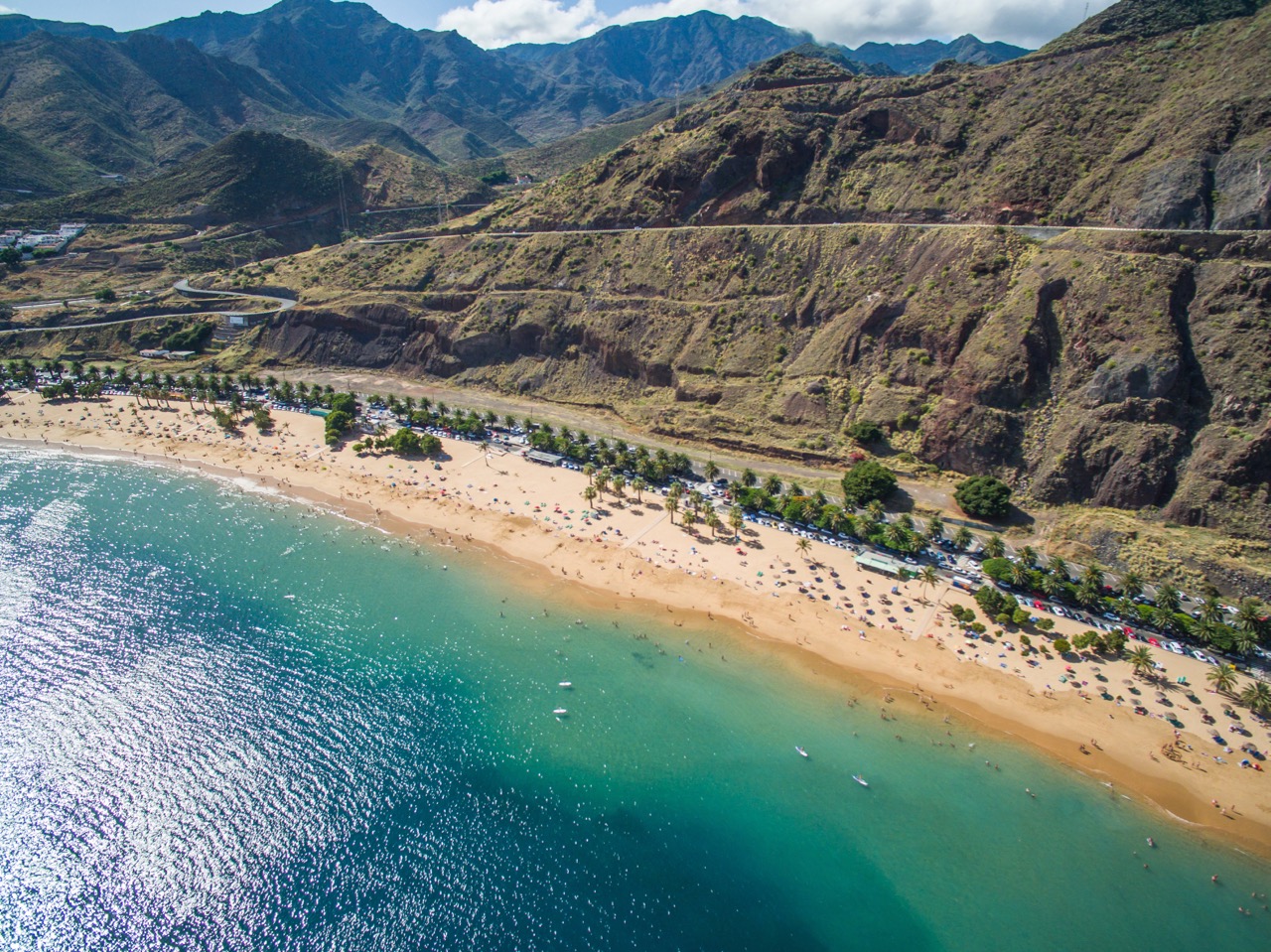
4. The Canary Islands
For travelers based in Europe, the Canaries offer sunny days and warm, clear water that is closer to home. If you live elsewhere, the Canary Islands are an intriguing answer to the question, “Where did you learn to dive?” Expect 30m/100ft visibility and ideal water temperatures because the Gulf Stream keeps water temps around 17-18°C/63-64°F year-round. The Canary Islands are one of the best places to learn to scuba dive in Europe, and a great place to spot bigger species such as angel sharks and rays. There are five common species of rays (common, round, marbled electric, eagle and butterfly ray) and occasional visits from bull rays, manta rays and skate.
5. Mexico
There is undoubtedly a reason Mexico always appears on lists for the top-rated places to learn to scuba dive. If your diving dreams include schools of colorful fish and a party on the beach, head to the Caribbean side of Mexico. If you’re looking for something bigger, such as a manta ray, or friendly sea lion, set a course for the Pacific side. Can’t decide? Then visit both! Your PADI certification is a passport to never-ending underwater adventure. Mexico’s two coasts are ripe for exploration, from vast kelp forests in the Pacific to the Caribbean’s reefs and wrecks. Meanwhile, glassy cenotes await inland. Mexico’s marine life has it all, from gorgeous reef fish to great white sharks. There is so much to see and explore, you can never get bored.
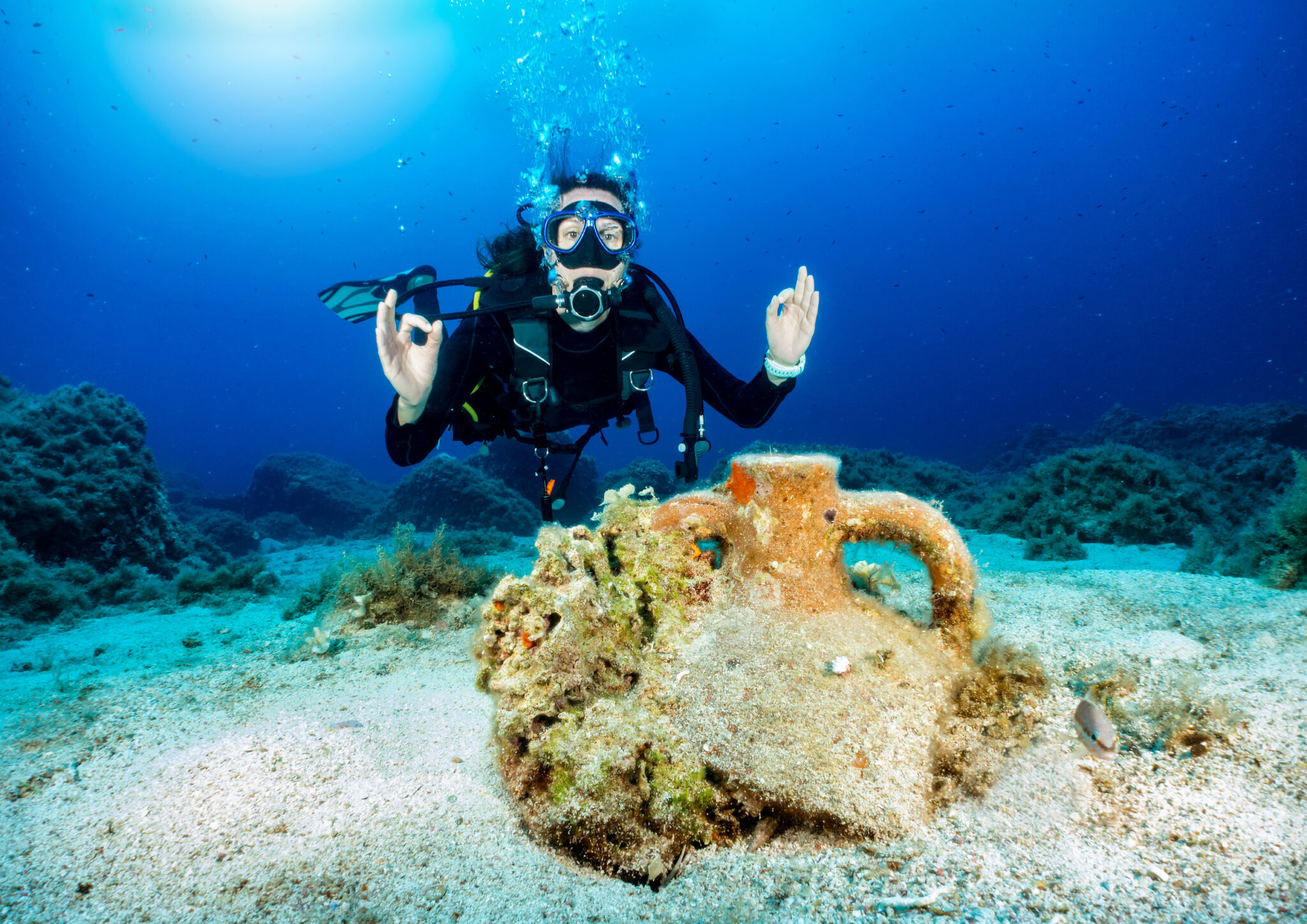
6. Greece
With nearly 230 inhabited islands and a significant coastline, you’ll find a wide variety of diving in Greece that includes walls, wrecks, caverns and reefs. There’s also considerable life in the seas, particularly if you slow down and think small. The Peloponnese Wreck off Mykonos is one of the most iconic dives of the islands, so be sure to dive this 1930s shipwreck. On Naxos, see the seaplane wreck, the Arado 196. The Koundouros Reef is teeming with marine life, and the visibility can be excellent. In addition, for those with the necessary training and experience, take some time to do a cave dive while on Crete. The El Greco Cave offers an expansive channel to swim through, as well as a contained air pocket where you can surface.
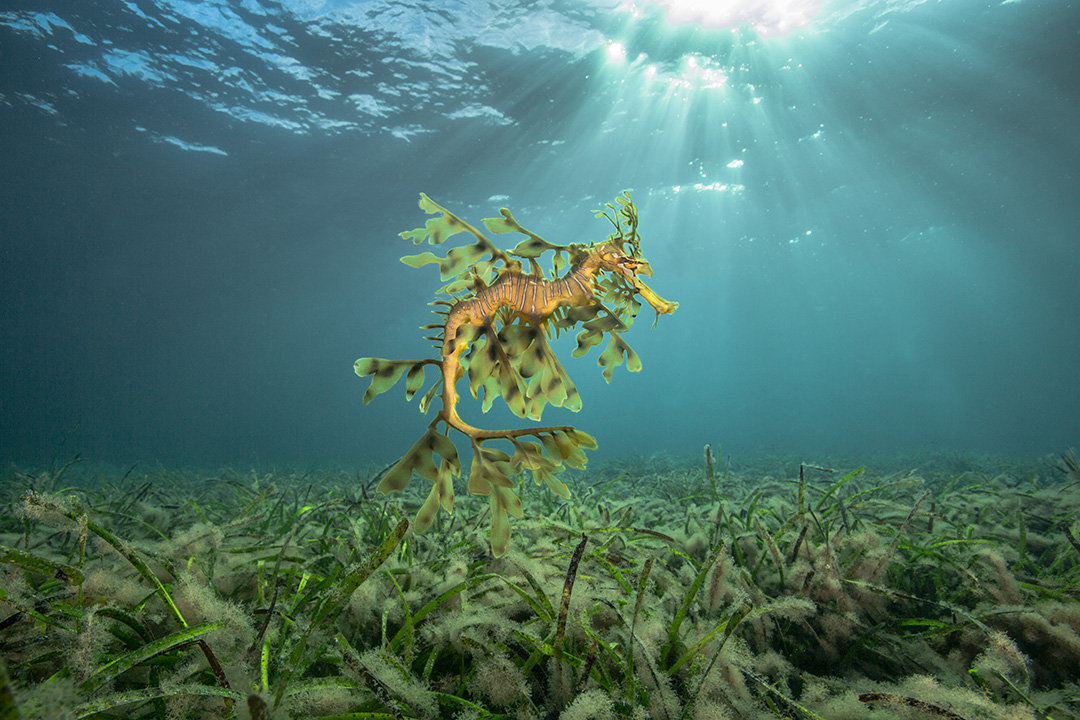
7. Australia
At 2,250km/1,400 miles long, the Great Barrier Reef is probably the most famous dive destination on the planet — so what better place to begin? With around 3,000 coral reefs and 600 islands, there’s certainly no shortage of sites to learn new skills while surrounded by creatures great and small — from turtles and triggerfish to dugongs and dolphins. Elsewhere, Ningaloo Reef (Western Australia) is a hotspot for whale sharks, while South Australia is the place to go for leafy seadragons. If you prefer a city break, then shore diving in Sydney brings the underwater world within easy reach of food, shopping and nightlife.
8. Indonesia
In the heart of the coral triangle, Indonesia’s 17,508 islands offer biodiversity unlike any other place on earth. Bali caters particularly well for beginners, with some of the world’s best shore diving and the USAT Liberty shipwreck starting at just 16ft/5m deep — look out too for mola mola. Lembeh Straits provides a perfect introduction to the ocean’s weird and wonderful: mimic octopuses, pygmy seahorses, frogfish, mantis shrimps, bobbit worms and ribbon eels, to name just a few! And, once certified, these waters offer excellent opportunities to advance your diving skills further – from underwater photography to night diving.

9. Thailand
The ‘Land of Smiles’ is one of the world’s top travel destinations, especially among backpackers and the budget-conscious. Relaxed vibes, sheltered beaches and shallow fringing reefs also make Thailand one of the best places to dive for beginners. Off the east coast, islands like Koh Phangan and Koh Tao are renowned for sightings of turtles and even whale sharks. To the west, the Andaman Sea is a popular liveaboard destination, while Phuket and Krabi are home to hundreds of tropical flora and fauna, including rays, cuttlefish, sea snakes and leopard sharks.

10. Philippines
The Philippines is truly one of the best places to learn how to dive due to its diverse and abundant marine life, as well as its stunning underwater landscapes. The country has over 7,000 islands, offering a wide range of dive sites that cater to all skill levels. Whether you’re interested in wreck diving, wall diving, or reef diving, the Philippines has got you covered. Not only that, but the Philippines is also home to a variety of rare and unique marine species, such as thresher sharks, whale sharks, dugongs, and vibrant nudibranchs. With crystal-clear waters, the visibility in Philippine waters is exceptional, providing excellent opportunities for underwater photography.
Additionally, the warm hospitality of the Filipino people, mouth-watering cuisine, and breathtaking beaches make the Philippines a great destination for diving and exploring the beauty of the underwater world.
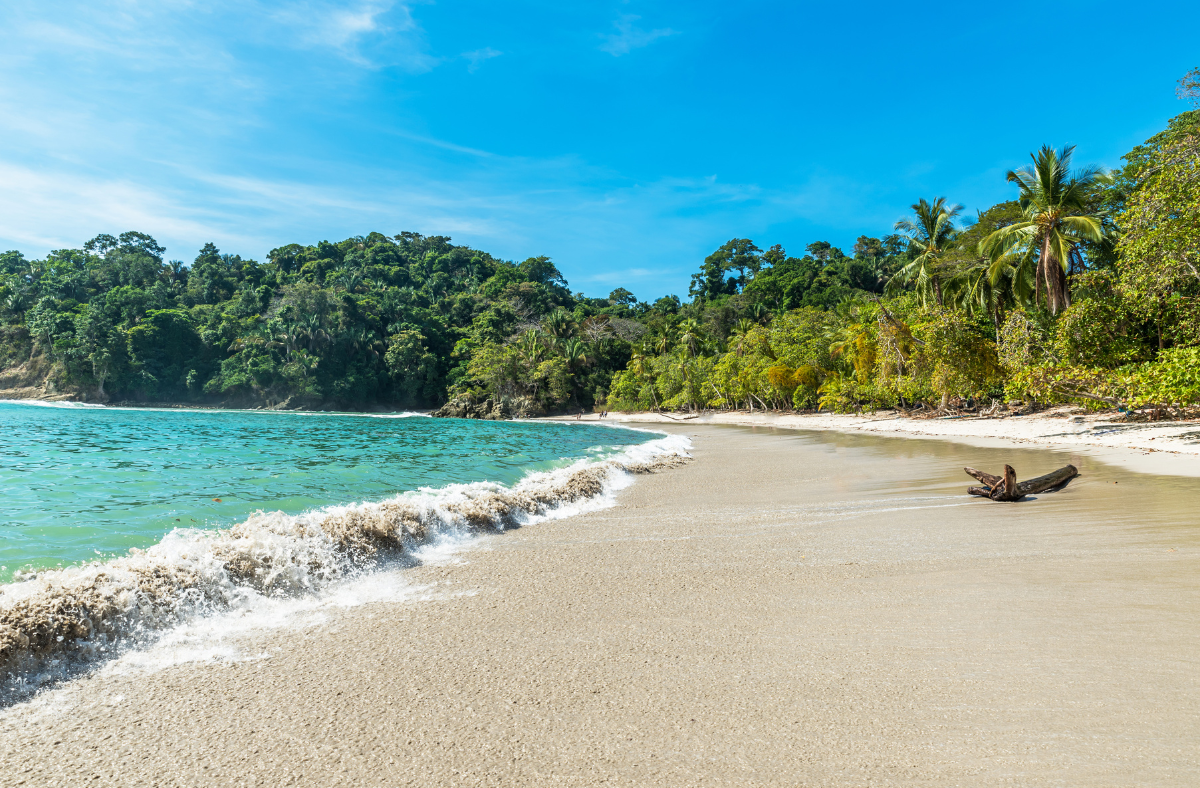
11. Costa Rica
If you’re looking to become a scuba diving enthusiast, you’ll be thrilled to know that Costa Rica is one of the best places to dive in the world. This stunning country boasts a diverse and thriving marine life, making it an ideal destination for underwater explorers. One of the best things about Costa Rica is that it has two coasts, the Pacific and the Caribbean, each offering unique and exciting diving experiences.
The Pacific coast is home to vibrant coral reefs, underwater rock formations, and volcanic formations that attract a plethora of marine life, including sharks, manta rays, and sea turtles. Meanwhile, the Caribbean coast is home to an array of tropical fish, such as parrotfish, barracudas, and moray eels.
With water temperatures ranging between 26-30°C (79-86°F), divers can enjoy warm and comfortable diving all year round. The lush coastal rainforests and abundant wildlife on land make for a fantastic topside adventure, adding another layer of excitement to your trip. In summary, Costa Rica’s stunning natural beauty, diverse marine life, and warm waters make it an excellent destination for scuba divers to enhance their skills.
Learn to Scuba Dive: At Home vs. Dream Destination
Not sure if you should learn to dive at home or one of these dream destinations mentioned? Deciding whether to learn to dive at a dive shop near home or on vacation depends on personal preference. Sometimes, it also depends on circumstances. Learning at a dive shop near home has the advantage of being able to complete the course at a slower pace and in familiar surroundings. This can be beneficial for those who may feel more comfortable learning in a familiar environment.
On the other hand, learning to dive on vacation can provide a unique experience and the opportunity to dive in a new and exciting location. Both options offer their own unique advantages!
If you’re not sure where to start your diving journey, we recommend reaching out to PADI Dive Shops to learn a little more about different areas. PADI Dive Shops are staffed with experienced professionals who can help you choose the best location based on your interests and skill level. They can also provide you with valuable information about local dive conditions, marine life, and the best time to visit. So, don’t hesitate to reach out and get advice from the experts before embarking on your scuba diving adventure.
Can’t decide between doing your scuba training at home or on holiday? Good news, you don’t have to choose.
Ask your local PADI Dive Center for a referral and maximize your warm water diving time. Here’s how it works:
- Step 1: Start your “classroom” studies online with PADI eLearning and do your pool training locally.
- Step 2: Complete your certification by making four open water training dives with a PADI Instructor anywhere in the world.
With a referral, you can take as much time as you need to get comfortable with your in-water skills. You’ll also get to enjoy more of your vacation exploring and relaxing rather than studying or stressing.
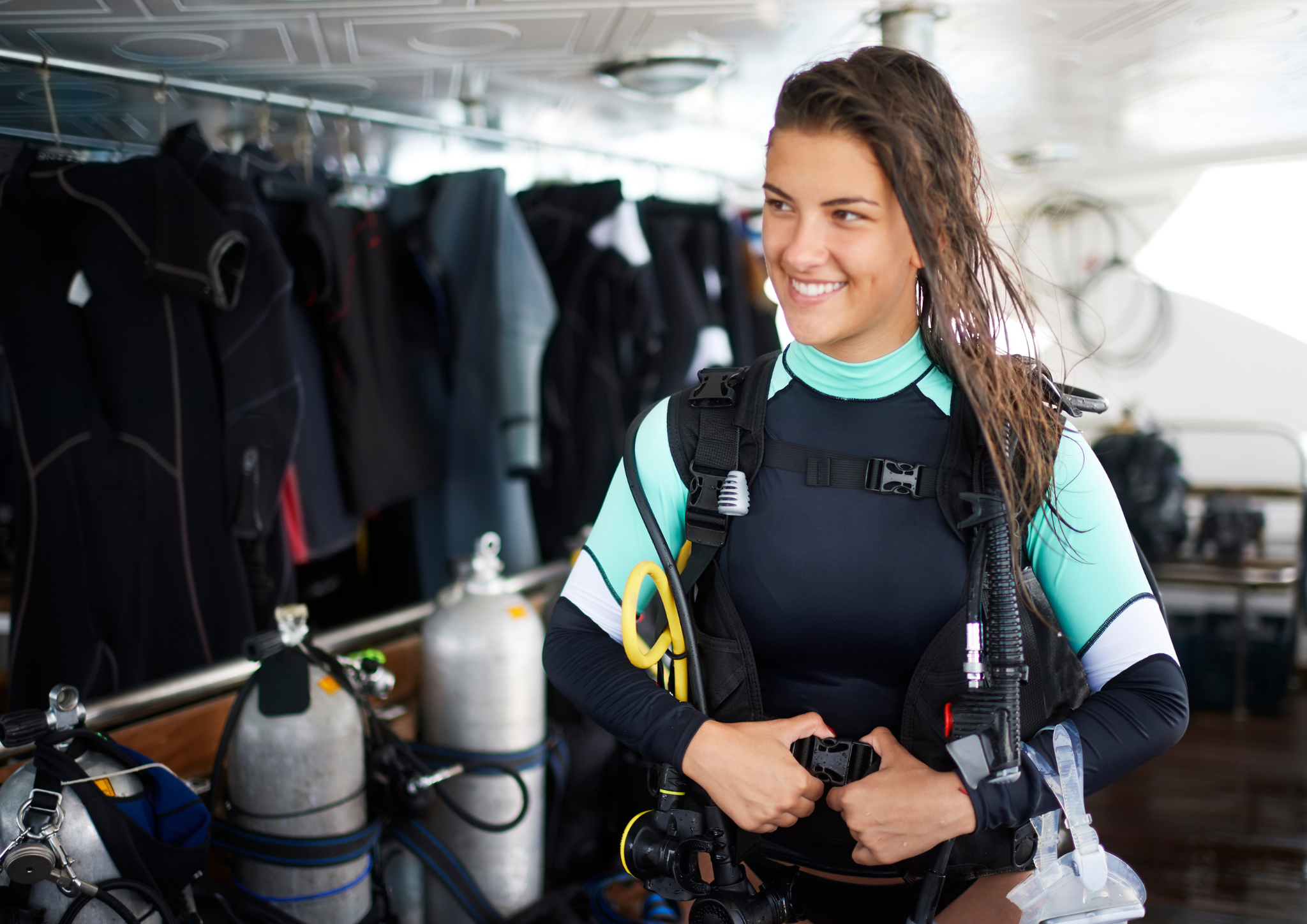
Ready to Live Unfiltered?
Becoming a PADI Open Water Diver is a fantastic way to experience the wonders of the underwater world. As a certified diver, you’ll have the chance to explore new dive sites and discover the captivating creatures that inhabit our ocean. Furthermore, you’ll be welcomed into a global community of divers who share your passion for exploring and protecting the marine environment.
However, the most significant benefit of becoming a PADI Open Water Diver is the sense of accomplishment and personal growth that comes with mastering new skills. Learning to dive demands hard work and dedication, but the sense of satisfaction that comes with it is unparalleled. Whether you’re seeking adventure, relaxation, or a new hobby, becoming a PADI Open Water Diver can open up a world of new possibilities. Change your life, become a diver, and #LiveUnfiltered.

